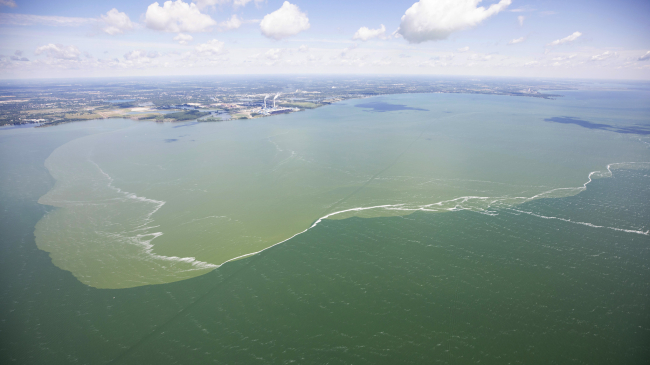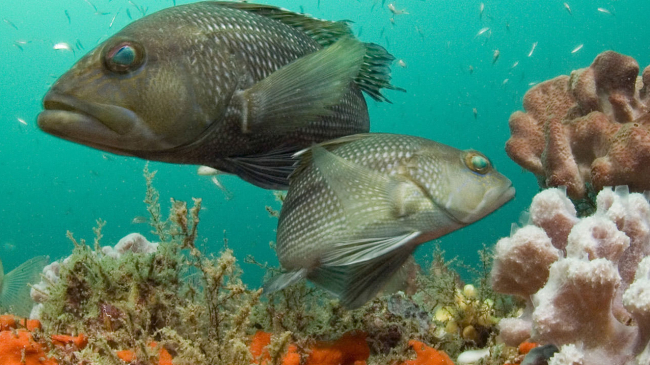High Mississippi River outflow and Hurricane Barry could influence final size
High Mississippi River outflow and Hurricane Barry could influence final size
UPDATED: August 1, 2019.
Updated names of speakers. Uploaded audio of news conference.

Scientists from LUMCON and NOAA collect oxygen measurements to determine the size of the 2018 Gulf of Mexico dead zone, an area of low oxygen that can kill fish and marine life. This cruise has been performed since 1985, creating an important long term data set for scientists. (Image credit: NOAA)




